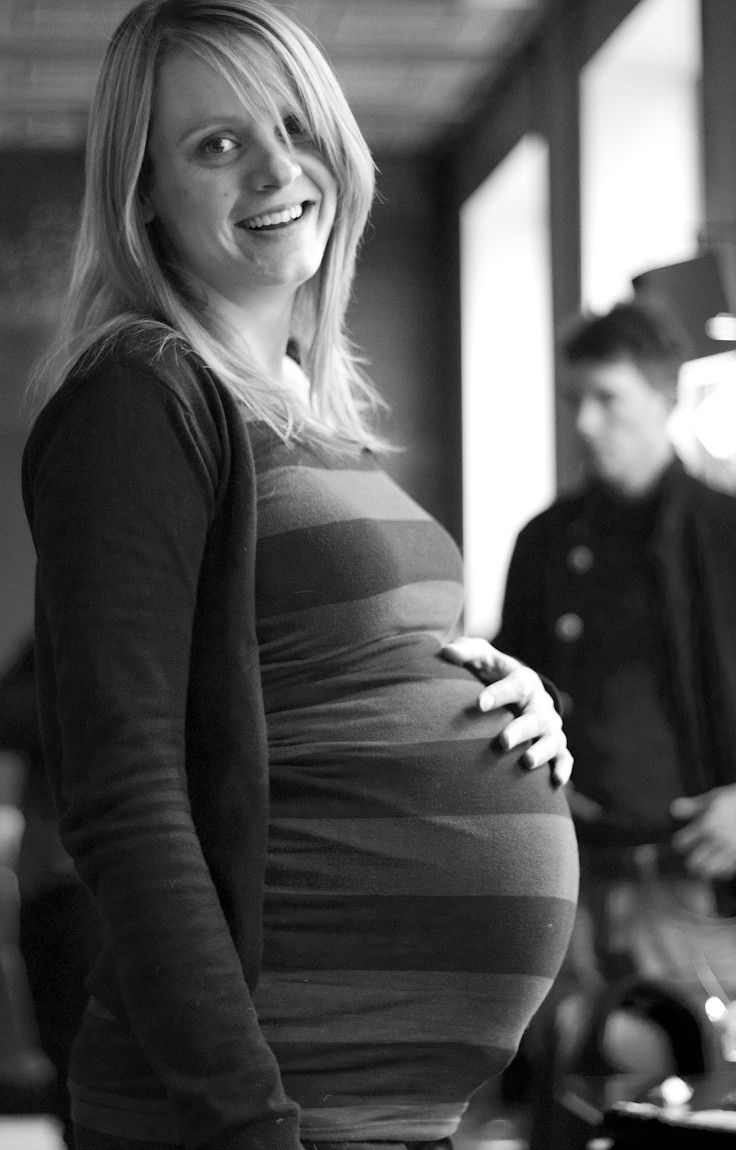At Both Extremes, Younger And Older Mothers Experience More Pregnancy Complications

Younger and older mothers face a higher risk of birth complications in pregnancy, when giving birth for the first time outside of an optimal fertility period between ages 20-34.
While younger first-time mothers were more likely than others to experience preterm births, older pregnant first-time mothers were more likely to deliver by caesarean section. Researchers examined the delivery outcomes of nearly 37,000 first-time mothers of varying ages over a 12-year period in Ireland, publishing their findings Tuesday.
"The findings of this study are consistent with previous literature, highlighting the fact that maternal age continues to be an important risk factor for adverse outcomes in pregnancy," Deirdre Murphy, an investigator with the University of Dublin, told reporters."There was a marked difference in the rate of caesarean sections, increasing with maternal age, and more research is needed to explore the care provided to younger mothers and whether their enhanced ability to deliver naturally may suggest a reduction is possible for overall caesarean section rates."
Pregnant women were divided into five age groups, including 3.3 percent at 17 years or younger, 7.2 percent at 18-19 years old, the overwhelming majority of pregnant women — 77.9 percent — at 20-34 years, 9.9 percent at 35-39, and the small minority of women, at 1.7 percent, who give birth after 40 years of age. For the study, researchers focused on the two age extremes: mothers 17 years of age and younger, and those 40 and older.
Compared to women in their prime childbearing years, mothers in the youngest group were least likely to deliver by caesarean section, with only one in 10 receiving the procedure. However, older mothers were three times as likely to undergo the procedure, with more than half, 54.5 percent, delivering that way.
The youngest cohort of women was also much more likely to deliver prematurely — nearly one in 10, compared to 5.9 percent for women in their prime childbearing years. Older mothers were more likely to deliver babies requiring neonatal admission, at 25.5 percent versus 16.8 percent among women ages 20-34. Their infants were also more likely to be born with a congenital anomaly.
At either age extreme in the maternal years, there were problems. The youngest mothers were more likely to be underweight during pregnancy and to smoke cigarettes. The older mothers were more likely to be obese or to suffer underlying medical disorders, such as hypertension or diabetes.
"Most healthcare professionals agree that management of a woman's first birth is likely to have the biggest impact on future pregnancy outcomes so maternal age is an important risk factor to be considered when planning care for first-time mothers, particularly those at the extremes of maternal age," Murphy said.
John Thorp, the journal's deputy-editor-in-chief, praised the study as a more accurate glimpse of pregnancy risk factors, given that researchers examined only first-time mothers across all maternal age groups.
"The significant increase in the rate of caesarean sections in the [United Kingdom] over the past few decades is a problem addressed by the authors with possible solutions to be considered based on the outcomes of the women identified at lowest risk," he said. "The findings suggest that other socio-demographic factors, associated with age, play an important role in delivery outcomes and obstetricians need to identify age as a significant risk factor so that care for pregnant women can be planned accordingly."
Today, one-quarter of British mothers deliver babies by caesarean section, compared to nearly one in three American mothers receiving the procedure. The U.S. also has a rate of preterm births slightly higher than the European average, with 12-13 percent in comparison to 5-9 percent across European Union nations.
Source: Vaughan DA, Cleary BJ, Murphy DJ. Delivery outcomes for nulliparous women at the extremes of maternal age — a cohort study. BJOG. 2013.



























